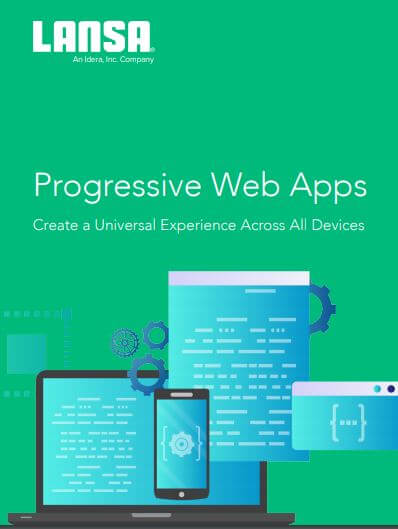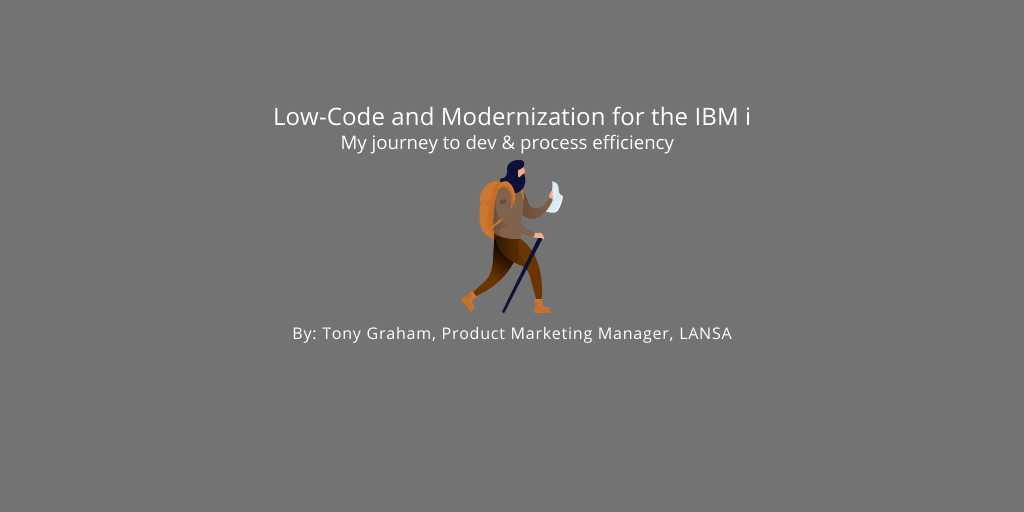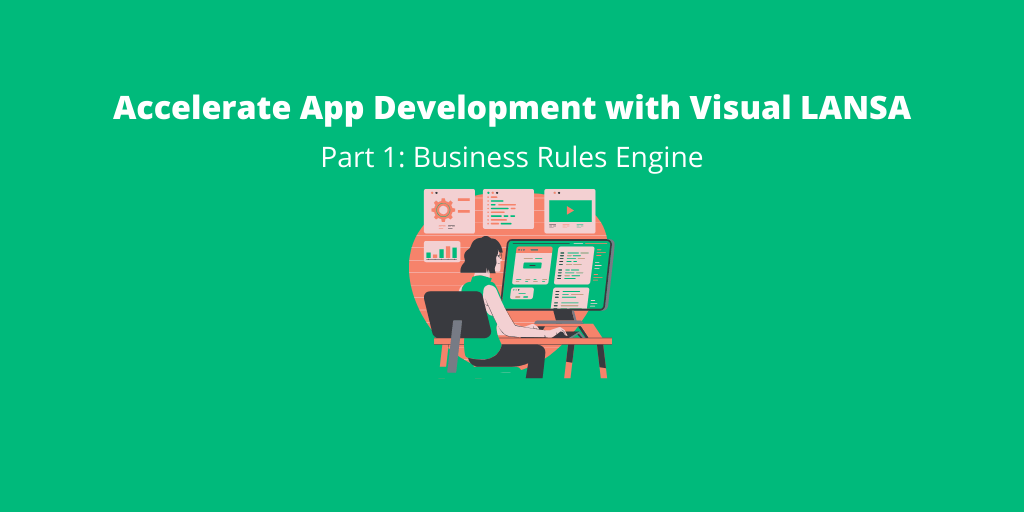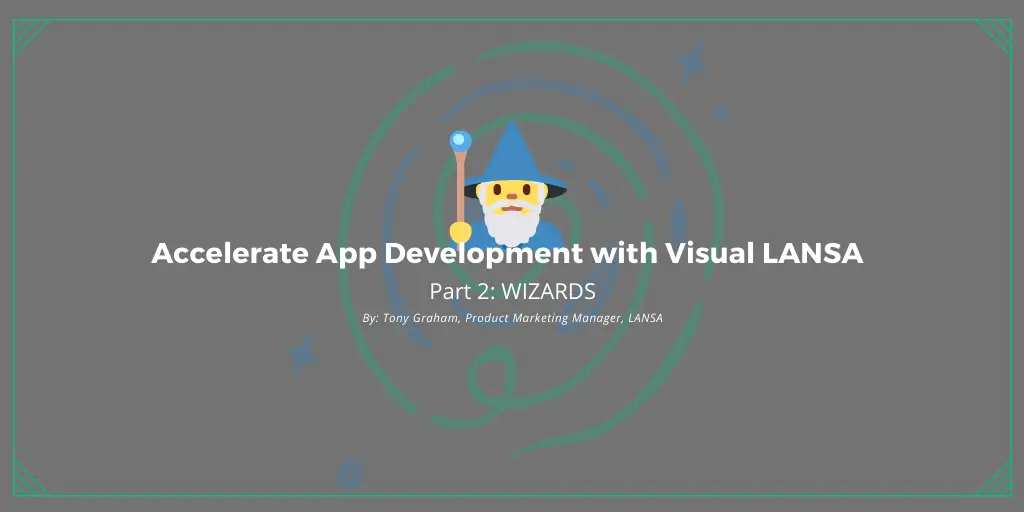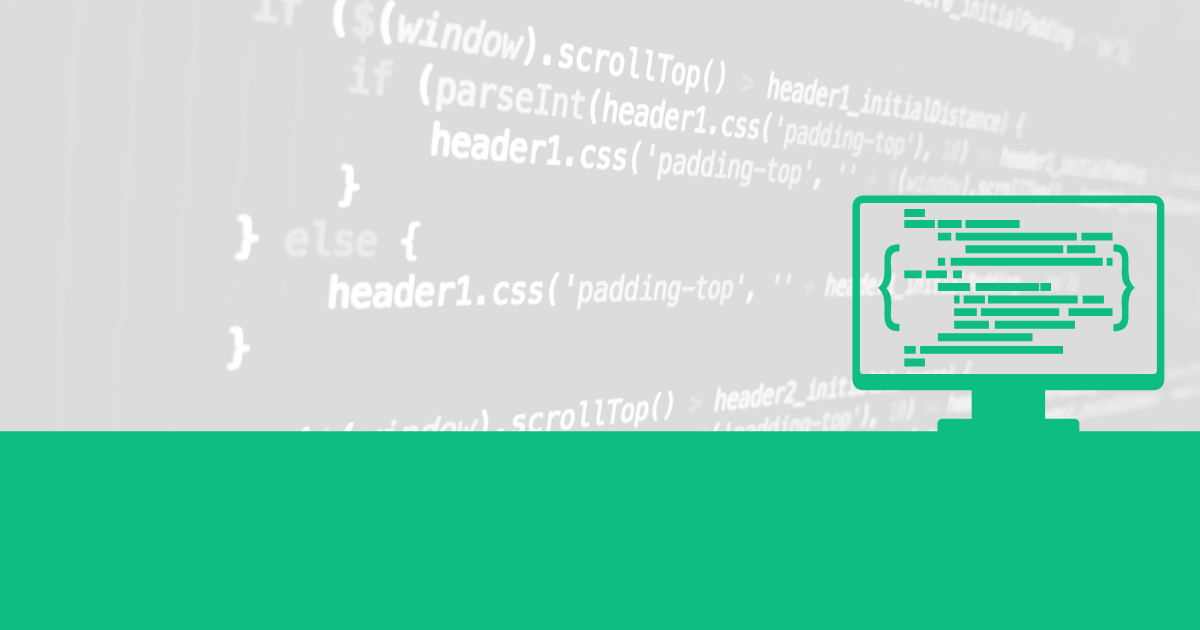With a seemingly endless list of programming tools, languages and platforms, some tech types consider today the golden age of software development. The freedom to choose from such an expansive menu of sophisticated languages and frameworks – Java, JavaScript, HTML5, Python, Rust, Ruby, Swift, Java, PHP, Node, Kotlin, MEAN, C#, Perl, .NET, Bootstrap and Pure.CSS, just to name a few – means there’s little limitation to what developers can build and how they can build it, given enough time. Alas, it’s not so much the wide catalog of choices, but rather the absolute requirement (with almost all of today’s application development) that require multiple technologies: You can’t choose just one.
But there was once a time when developers would sit down with a single language and write a very elegant business application. They could watch every new line of code come alive as they keyed innovation, and when it came time for maintenance and enhancements, they could do so in a straightforward and simple manner while ensuring the integrity and gracefulness of the code.
Modern application development, however, with the need to support multiple interfaces – web, desktop and mobile – often requires multiple languages to enable. A web application, for example, must run in a user’s browser but it also must operate on a server. Developers write code for both and bring them together to form the single application, but that means there are multiple languages in play to make the application function as it should. And don’t forget to add in a few more languages to make the application come alive for mobile.
You’re left with even more scripts and more languages to keep a synchronized set of business rules deployed across applications on the web, mobile, servers, desktop, cloud and on-premises, and with so many version dependencies, it’s no wonder it’s such a challenge to keep your love for application development alive.
Building the applications that your business users want on time and on budget is already difficult, but it can be even harder to keep those applications relevant when business and technical environments continuously evolve. Additionally, the amount of work required to maintain each mobile, web, desktop and cloud application is significantly increased with code updates layered in so many different languages.
Modern application development, then, can become exhausting, and the magnitude of it all can take the fun out of programming for even the most diehard developers. The good news is, there are modern solutions that can help programmers fall in love with application development again.
Here are five reasons why a low-code platform like Visual LANSA will rekindle that long-lost passion for developing business applications:
- Elegance without as much hand coding: We understand the feeling of building something unique from scratch, and it’s hard to beat the rush that comes from seeing real-time progress with each new line of code. With a low-code development platform like Visual LANSA, however, you can build unique, elegant enterprise apps – and integrate them with your existing business systems – without the painstaking tediousness of hand coding in a half-dozen different languages. Developers also find that they can maximize re-use, reduce risk and more quickly deliver custom applications that drive business growth.
- Faster time to value: Low-code development platforms enable rapid prototyping, the process of visually developing an application to speed the gathering of user feedback and validating requirements for the business use case. Unlike other platforms, prototyping in Visual LANSA does not mean throwing the design away and starting from scratch. It’s your application skeleton and can be completely reused. Developers can savor their product’s faster time to market – and time to value.
- Build once, for all deployments: Visual LANSA is low code for all application deployments. With one rules engine, you can deploy web, cloud, on-premise, desktop and mobile applications with the same rules of data integrity. You don’t have to design them separately, and you don’t have to dive into separate sets of code to maintain each instance. Write your business rules once and they’ll govern every deployment you make across a variety of applications and deployments.
- Extend application depth: A low-code development platform enables software developers to quickly build systems of engagement with intuitive drag-and-drop capabilities. But when it’s time to take the project deeper into areas of complex logic, custom business rules and multipart integration with your existing information ecosystem, most low-code tools have you revert to the traditional software coding practices that saddle multiple languages, technical debt, and version interdependencies into your project. By contrast, Visual LANSA lets you extend your application into bigger systems of record, all within the same development platform. You can enjoy the power of full‑stack development within a single platform.
- Future proof for evolving technology standards: The Visual LANSA product stays in lock-step with the continuously evolving technology curve, so that the platform – and therefore your business – can take advantage of emerging technologies without you having to refactor and rewrite. As technology evolves, LANSA simply updates its platform to ensure the hard work of your existing application embraces the new capabilities and continues to deliver without disruption.
Like any other professional, a computer programmer takes pride in his work and thrives on delivering a well-designed end-product. But given the demands of modern businesses, app developers charged with creating, testing and programming applications just don’t have the time or skillset required to support every new request.
The Visual LANSA low-code platform provides a faster, more intuitive way to build applications, enabling professional developers to produce powerful, enterprise-grade applications for web, mobile, cloud and desktop interfaces in days instead of months. Allow the simplicity and sophistication of Visual LANSA to take your breath away and re-ignite your passion for designing valuable business applications.
Maybe you’ll find yourself head over heels for application development again.












